Retrofitting reaches Asia
While the appetite for constructing buildings is strong, retrofitting Asia’s existing stock may hold the key to lower carbon emissions in the real estate industry
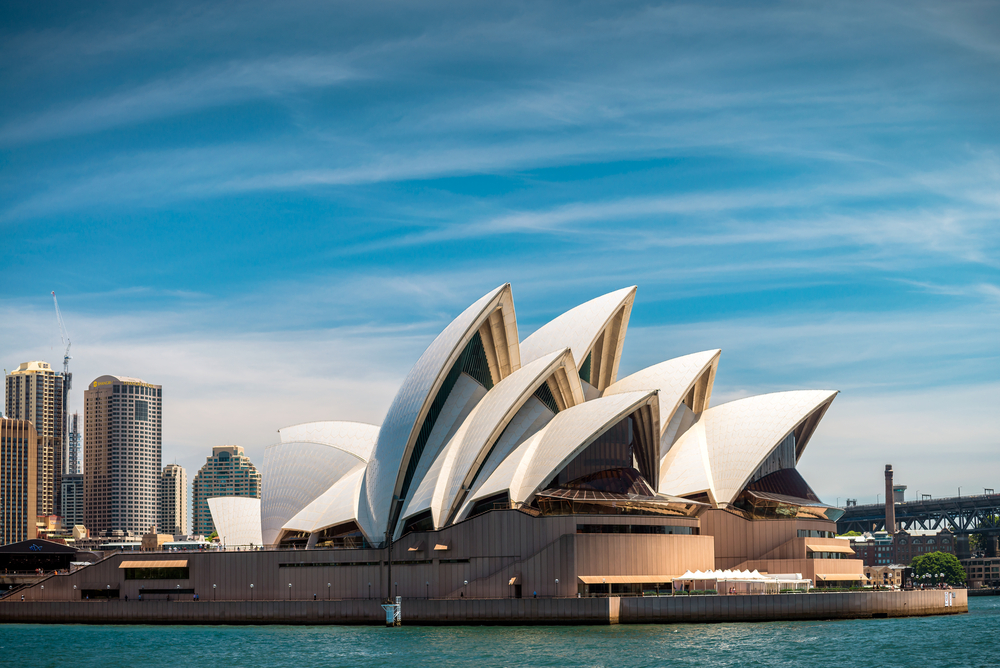
The Kleofas coal mine winding tower symbolised Katowice’s heavy industry heritage for decades. These days, the once-abandoned edifice is a testament to the Polish city’s recent transformation. Reimagined as an observation deck, the tower offers visitors sweeping vistas of the dynamic city and its surrounding nature.
Katowice is now one of Europe’s most eco-friendly urban areas. More than 40 percent of the area is covered with forests, parks, and green pockets. It was the first city in Poland to introduce the country’s economic plan for lower emissions, considerably improving air quality and energy security.
Educational events such as ‘eco-picnics’ are frequently held. And the local government recently introduced a clean urban transport program featuring 400 bicycles for public use. Many of Katowice’s public buildings were also retrofitted in 2018 to slash carbon emissions.
But why do the eco-credentials of a provincial Polish city count in the grand scheme of things? This June, Katowice succeeded global metropolises, including Rio de Janeiro, Kuala Lumpur, and Abu Dhabi, in hosting the United Nations’ 11th World Urban Forum (WUF).
Like other ambitious international sessions such as COP26, the biannual seminar invites hundreds of high-level policymakers to drop in, dialogue, and commit to pledges to save the planet. The grandiose topics up for discussion at the 2022 instalment ranged from “Extraordinary Dialogue: Urban Crises and Urban Recovery” to “Resilient Economies” and “Sustainable Finance”.
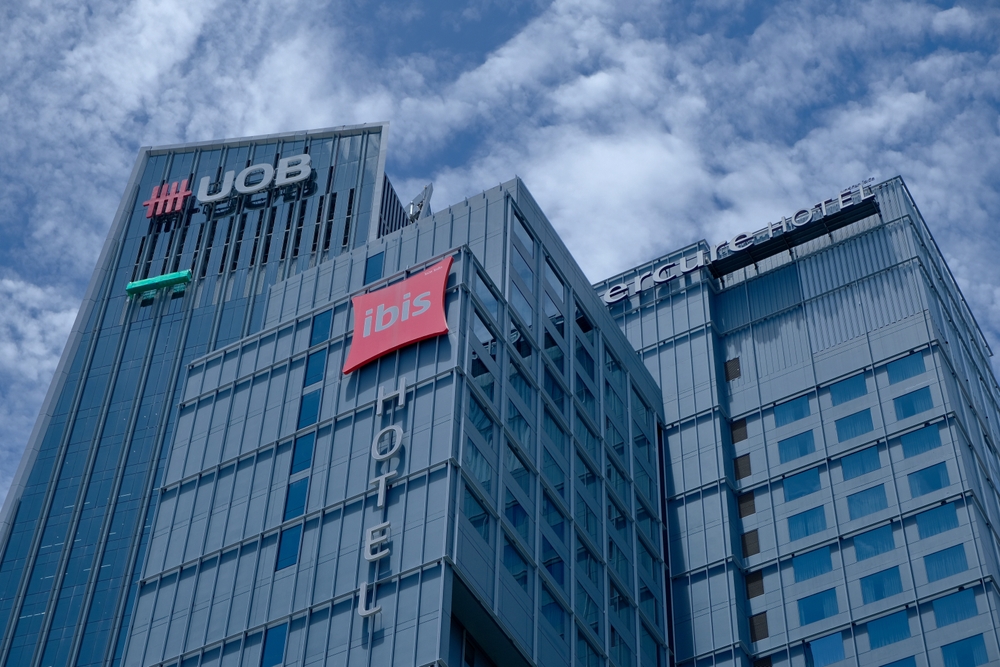
One term, however, was absent from the official 128-page WUF program: retrofitting.
Loosely defined as changing a building’s systems or structure after its initial construction and occupation to improve amenities and performance, retrofitting is currently one of the hottest topics in the battle to combat climate emissions.
Some of the world’s most famous landmarks have benefitted from a process that could be poised to revolutionise the real estate sector. They include Tower Bridge, which was retrofitted with an LED lighting system that reduced the structure’s energy consumption by 40 percent. In recent years, other famous buildings have adopted a similarly proactive approach to reducing their carbon output. The Vatican City, the Empire State Building, and the Sydney Opera House have all employed low-energy solutions in one form or another.
Simply put, rejuvenating old buildings and structures for new uses avoids the carbon emissions that would otherwise be released in the process of demolishing and rebuilding. And given the common consensus that 80 percent of all buildings worldwide in 2050 already exist, it is clear why improvements to existing stock are viewed with such optimism.
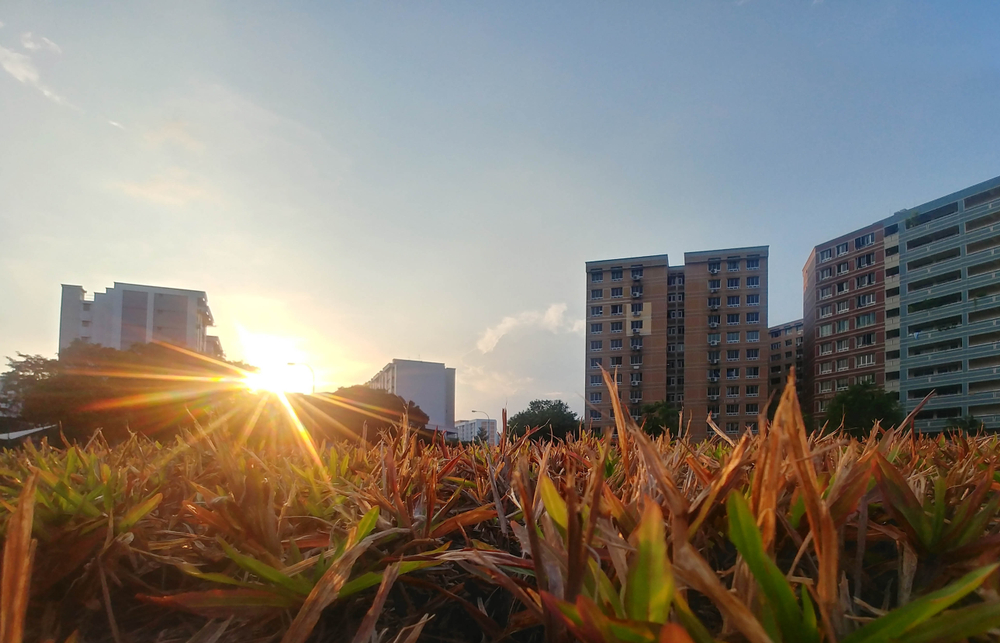
This stat might be hard to swallow in Asia, where construction sites litter the cities. But the movement is vital for addressing carbon emissions in areas especially prone to natural disasters.
“In 2018 alone, almost half of the world’s 281 natural disaster events occurred in the Asia-Pacific region, including eight of the 10 deadliest with an increasing number of these events being linked to environmental degradation and climate change,” explains Victoria Burrows, director of Advancing Net Zero at the World Green Building Council (WGBC).
“The built environment sector can provide powerful solutions to the climate crisis. With buildings responsible for 39 percent of global energy-related carbon emissions and building stock expected to double by 2050, the time to act is now.”
According to a 2017 WGBC report, there are only about 500 net-zero commercial buildings and 2,000 net-zero homes around the globe — well under one percent of all buildings worldwide. The report stated that the building sector must therefore operate at “net zero carbon” by 2050 if global warming is to remain under two degrees Celsius, the limit enshrined in the 2015 Paris Agreement. In its long-term strategy for 2050, the European Commission also recognised the need for near-complete decarbonisation of the building sector to meet its climate goals.
The built environment sector can provide powerful solutions to the climate crisis. With buildings responsible for 39 percent of global energy-related carbon emissions and building stock expected to double by 2050, the time to act is now
“To achieve net-zero targets by mid-century and sustain predicted growth and urbanisation, we must decarbonise the whole lifecycle of our built assets — buildings and infrastructure,” Burrows adds. “If we act now, Asia Pacific can create economic benefits, benefit from competitive advantage, and minimise the consequences of catastrophic climate change.”
Improving existing buildings offers the greatest and lowest-cost potential for reducing cities’ carbon emissions. Case studies show that retrofitting projects implemented across various commercial buildings with high operational intensity — hotels, hospitals, data centres, airports, and malls — have an average return on investment period of 12 to 18 months. It varies from three to five years with low operational intensity buildings like offices and educational institutions because they tend only to operate approximately 10 to 12 hours a day for five days a week.
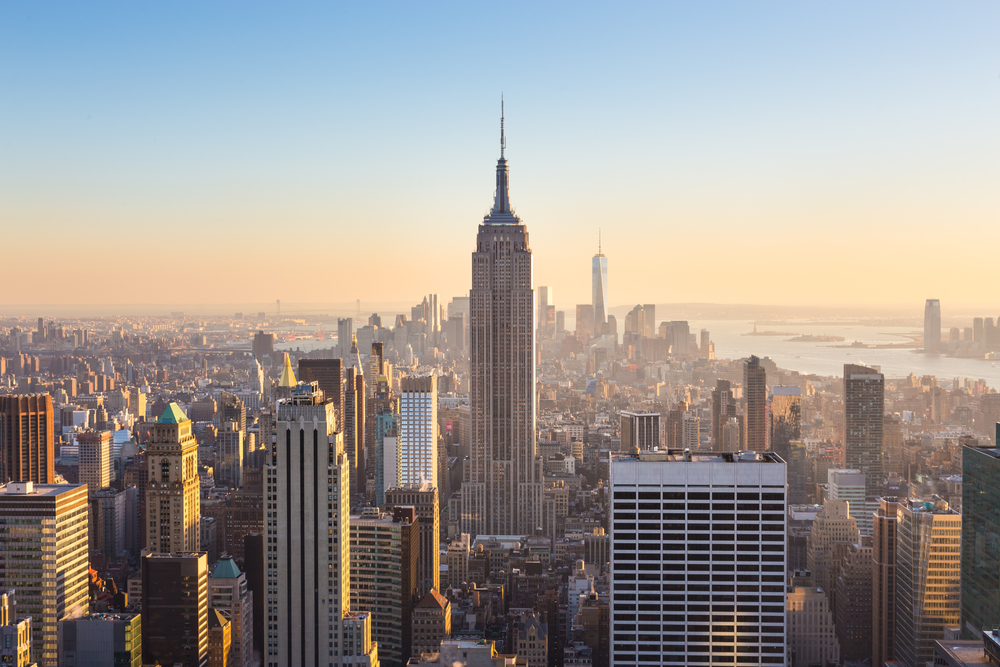
“ROI periods also depend mainly upon prevailing energy tariffs,” explains Vinod Jethani, Asia-Pacific commercial buildings business development manager at global engineering firm Danfoss. “And as such, payback periods in Thailand, Vietnam, Malaysia, and Indonesia are generally longer than those in the Philippines, Cambodia, and Singapore, where we see higher electricity tariffs.”
Singapore, unsurprisingly, is spearheading city-scale retrofitting initiatives in Asia. Earlier this year, the country’s government rolled out the Green Mark Incentive Scheme for Existing Buildings 2.0. It is making SGD63 million available for building owners to reduce emissions through upgrades to older systems, expanding on the initial SGD100 million iterations introduced in 2009, and helping more than 80 buildings with retrofitting costs. The scheme is critical as Singapore works towards its 2030 target of greening 80 percent of buildings by gross floor area — the total currently stands at 43 percent.
Retrofitting initiatives are proceeding around the country. Tampines will become Singapore’s first town centre to retrofit a centralised cooling system in a project that will slash the environmental cost of air-conditioning. Other existing buildings, including the 85-year-old Old Hill Street Police Station and the National Library, are retrofitting solar panels to keep utility costs down.
“Singapore is a leader in sustainability, and the government’s recent incentive scheme will make projects more environmentally friendly not just for the building users but the environment in general,” says Thien Duong, managing director of Transform Architecture and chairperson of the PropertyGuru Vietnam Property Awards. “I can only hope the rest of Asia follows suit. Unfortunately, this will take time, but I’m confident that as the public becomes more exposed to sustainability and understands its importance, the public response will push governments to follow Singapore’s lead.”
Duong’s firm has already worked on several small-scale retrofitting projects in Vietnam, including the transformation of a dated serviced apartments in Ho Chi Minh City into a contemporary green office building. The firm upgraded the mechanical, electrical, and plumbing engineering systems at Saigon View and updated the building’s water fixtures to be more energy-efficient and reduce waste.
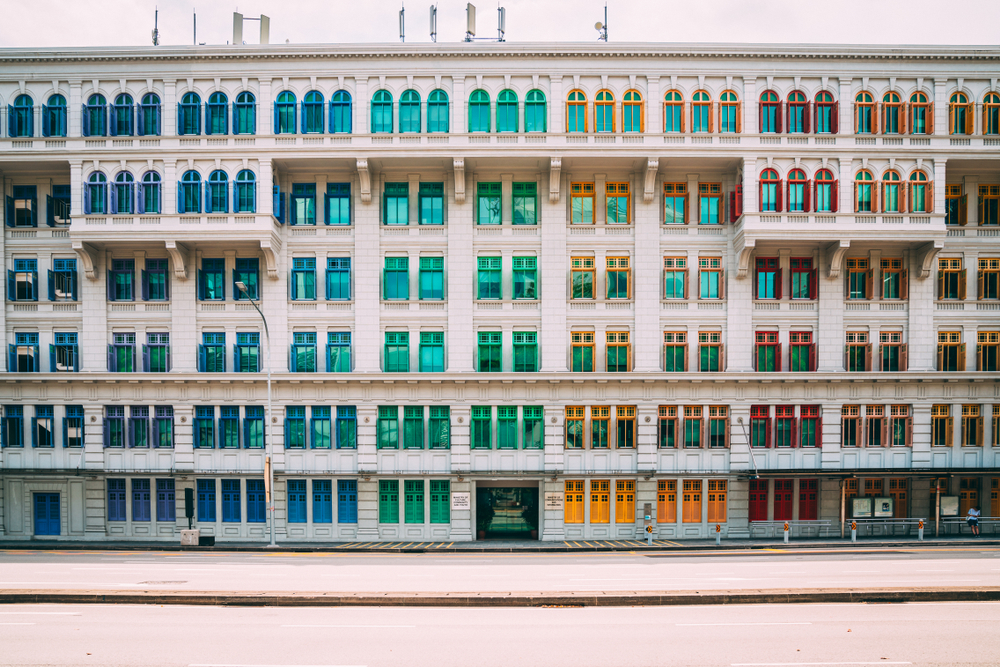
Still, obstacles to making improvements include a reluctance to make financial commitments due to initial costs and slow or no returns. Another recent WGBC survey shows nearly 53 percent of respondents cite upfront costs as the biggest barrier to investing in emissions targets. That is despite new sustainable buildings representing a USD24.7-trillion investment opportunity in emerging markets through 2030, according to the Taskforce on Climate-Related Financial Disclosures.
Other hurdles include space constraints, needs for additional technology, and the diversion of existing services, such as electricity and plumbing, particularly in commercial buildings. For single-owner (serviced apartments) and individually owned (landed houses and condos) properties, the difficulty may lie in identifying suitable retrofits.
“The economics typically favour redevelopment over retrofitting for single-owner buildings, even more so in markets such as Singapore and Hong Kong where land prices are very high,” says Kah Poh Tay, an associate professor at the National University of Singapore’s real estate department. “The owner would not, for example, be able to alter building orientation to tap natural cooling for better wind flow or reinstate natural biodiverse habitats.”
Individual property owners are even more limited when units are part of multi-storey developments as rules for communal living circumscribe their rights. Then there are the high upfront capital costs, and rapid technological changes can quickly make the latest eco-friendly infrastructure obsolete. “At best, they can only do interior retrofits like installing energy-efficient appliances,” Kah Poh says.
Small-scale retrofitting is unlikely to hit the mainstream in Asia any time soon. That is, at least, until entry-level costs decline, and the technology becomes more consistent and affordable for private homeowners. In the absence of government incentive schemes, large-scale retrofitting may also remain limited in the near term. But where Singapore leads, other countries in the region do occasionally follow. And with ever-clearer data demonstrating the financial benefits, city-wide retrofitting schemes could prove an easy win for countries’ carbon-slashing efforts.
The original version of this article appeared in Issue No. 173 of PropertyGuru Property Report Magazine. Write to our editors at [email protected].
Recommended
Why everyone is moving to Selangor and Johor: Malaysia’s real estate comeback
Malaysia’s upturn in fortunes is especially prevalent in secondary destinations such as Selangor and Johor
Penang’s silicon boom: How the US-China tech war is supercharging local real estate
Penang’s booming semiconductor industry has created ripples within the local real estate sector
New leader, new opportunities: How Hun Manet is shaking up Cambodia’s real estate game
Hun Manet is overseeing decent economic growth and widening access to the country’s real estate market for foreigners
Singapore embraces inclusive housing reforms amid resilient demand
The Lion City’s regulatory strength continues to exert appeal for international investors








